WW2 Evacuation Camps
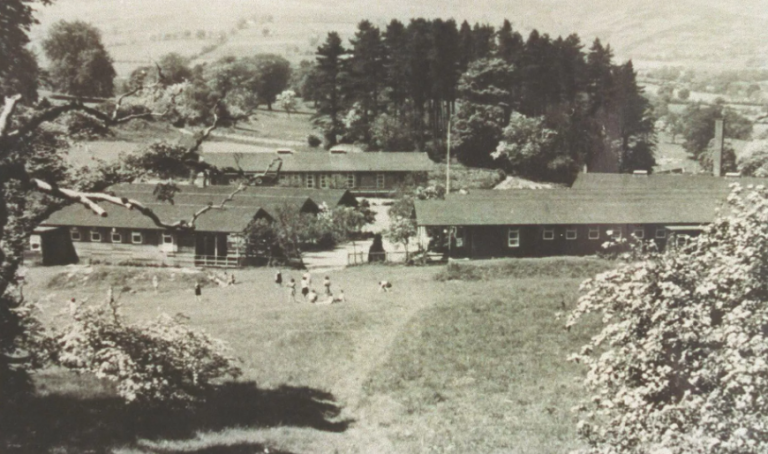
The National Camps Corporation which was set up under the Camps Act 1939, was formed in order to build a number of camps for the use of children in peace time and for evacuees (children and adults) during WW2. They were required to be built between 30-35 miles from evacuable towns with electricity, piped water and drainage facilities. They were made from western red cedar with cedar shingle roofs and were constructed in standardised units which were prefabricated and delivered on site. Each camp was designed to take 350 children in peace time and double that number during the war.
Colomendy camp in Mold was still in use until very recently as an outdoor activity centre for school children.
No arable land could be taken to build these camps of course and the sites had to be passed by the Minister of Health and local planning authorities. Approximately 65 camps were built up and down the country and the National Camps Corporation had funds of £1m available to them to complete the project. Each camp took approximately 3-4 months each to build; Mold, Hampshire, Cheshire and Lancashire were just some of the locations chosen and Moss View, Segars Lane in Halsall was one of these evacuation camps.
Post war it was expected that the camps would be used by education authorities. The dormitories, playgrounds and classrooms would be ideal for country schools and urban authorities could send their children to benefit from a few weeks in the countryside. If the education authorities did not take up this opportunity, it was expected that these camps would be let for holiday purposes to the general public.
Moss View Evacuation Camp
Moss View Evacuation Camp was on Segars Lane, Halsall. Unfortunately, little is known about the camp although it is thought it was situated opposite White Otter Farm – the area that is now wasteland.
In 1941 two family tragedies occurred at the camp within months of each other.
The Flewitt family were evacuated to the Moss View camp from their home in Liverpool at the beginning of WW2. David Charles Flewitt was born in Liverpool on 31st August 1912 to Charles and Mary Anne Flewitt. In 1921, the family were living in Liverpool. One of David’s first jobs was a cabin waiter. In 1938, David married Christina Dobbs, a nanny who hailed from Walton, Liverpool.
By the time the 1939 Register was taken in September, the couple were living at Erskine Street, Liverpool with their two children, David who was 18 months old and baby Angela who was only two months.
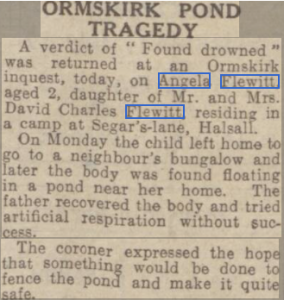
In the early 1940s, needing to escape from the devastation of the Liverpool Blitz, the Flewitts moved from their Liverpool home to Halsall and the evacuation camp on Segars Lane. Shortly after this David was working as a deckhand on board the motor vessel Donacilla which had set sail for New York in 1941. Christina and the children were still living at the Segars Lane camp during this time. In the summer of 1941, David returned to Halsall on leave. However, tragedy was waiting in the wings; on Monday, 14th July 1941, little Angela who was two years old at the time had left the family home to visit a nearby neighbour. Unfortunately, she went missing and after the search, she was found drowned in the neighbour’s pond. Her father recovered the body and tried to resuscitate her, sadly without success…
We next read of the father, David on board SS Ceramic, working as an assistant steward in the Merchant Navy. SS Ceramic was an ocean liner built in 1912-1913 in Belfast for the well-known White Star Line. SS Ceramic – Wikipedia
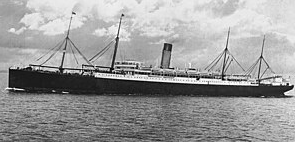
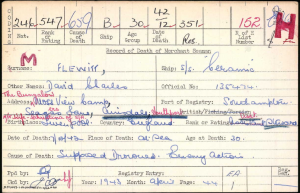
On 3rd November 1942, David boarded SS Ceramic at Liverpool which was heading for Australia. The vessel was carrying 377 passengers, 264 crew, 14 gunners and 12,362 tons of cargo.
At midnight on 6-7th December, whilst in the mid-Atlantic, the German U-515 torpedoed SS Ceramic; three hours later they struck her again – this time she sank immediately. Of all those on board, there was only one survivor, Eric Munday of the Royal Engineers. His fate was sealed however, when he was lifted out of the sea on order of the U-boat’s commander. Munday was kept prisoner on board the submarine for a month. In January 1943 he was sent to Stalag VIII-B, a prisoner of war camp in Upper Silesia where he remained a POW until 1945.
Sadly, everybody else on board SS Ceramic that night perished in the attack.
David Flewitt’s record of death states the cause of death as ‘supposed drowned. Enemy action’. He was 30 years old.

Christina, back in Halsall, was left with her son David who was only 4 years old at the time of this second tragedy. After the war, they returned to Toxteth, Liverpool. In later life, Christina remarried and had another daughter. She outlived her son David who passed away in 1988 when he was only 50 years old. Christina spent her old age in Weston- super-Mare where she died in June 1997 aged 84.
The Knowles family were also evacuated to the Segars Lane camp. They too originally came from Liverpool; Bowles Street, Bootle in fact. Peter Henry Knowles was born in 1896 in Bootle, Liverpool and his wife Jessie Parr was born in 1900 in Seaforth, Liverpool. They were married in 1920 and according to the 1921 census the newlyweds were living with Jessie’s mother and sister at 97 Gray Street, Bootle along with their first child, Dorothy who was only a 10 month old baby at that time.
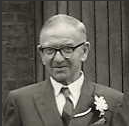
Peter was an electrical crane driver at the tin smelting works in Liverpool. Five years later their son Peter junior was born on 7th October 1926. Move forward to 1939 and we can see from the Register of that year that at the beginning of WW2, the Knowles family were living at 11 Bowles Street in Bootle, Liverpool.
Again, due to the Liverpool Blitz and Hitler’s relentless torment, the Knowles family came to live in Halsall to escape the horrors of war in the city. How ironic therefore, that less than two months after little Angela Flewitt’s accidental death, tragedy struck again at Segars Lane in the form of another terrible accident.
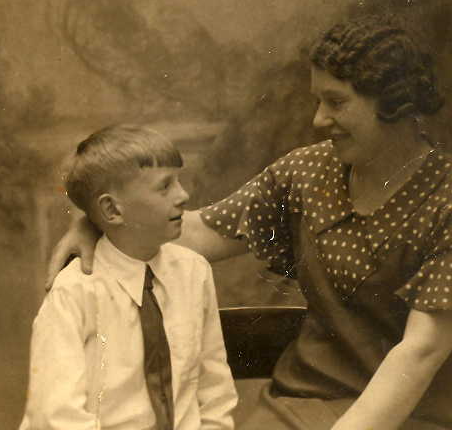
On 1st September 1941, Peter Knowles, who at the time was a 14 year old school boy, was killed whilst trying to jump onto the back of a moving lorry and fell to his death. The incident was reported in the Liverpool Echo at the time. An inquest was held on 3rd September at which Peter’s father stated that what had occurred was a ‘pure accident’ and the driver of the vehicle was in no way to blame.
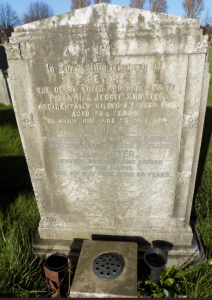
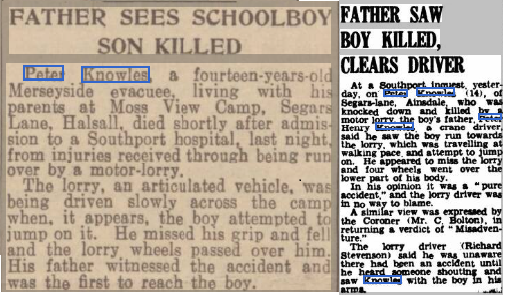
After the war, Peter and Jessie Knowles returned to Bootle with their daughter, Dorothy; they didn’t have any more children.